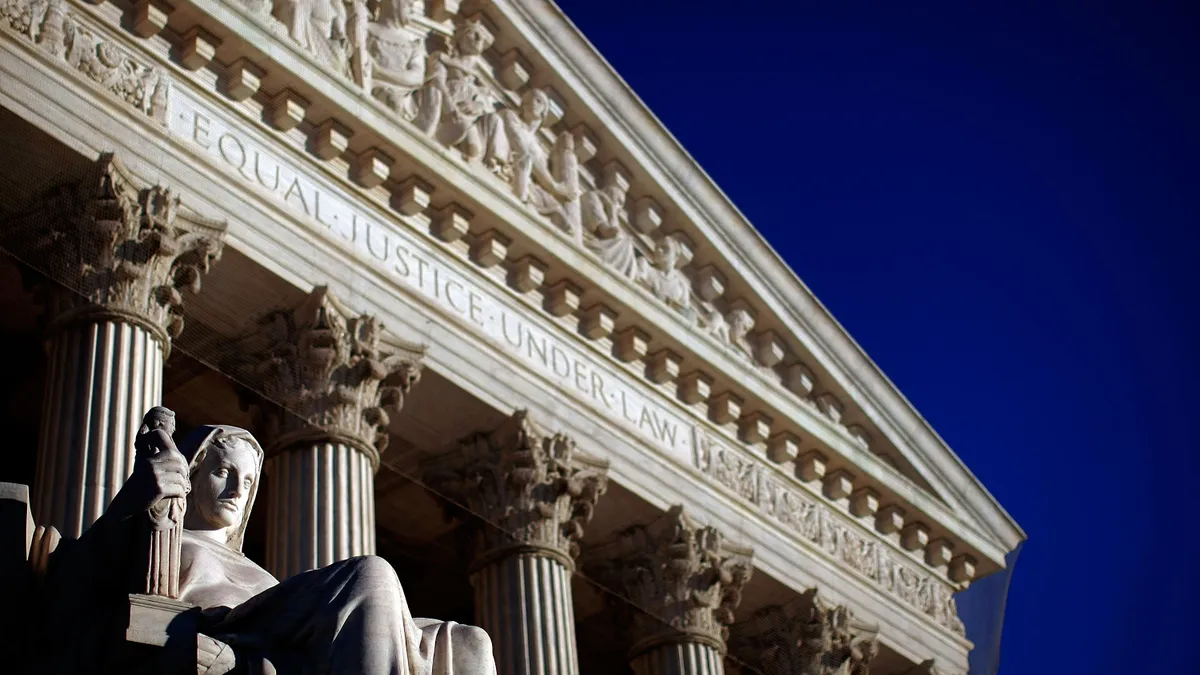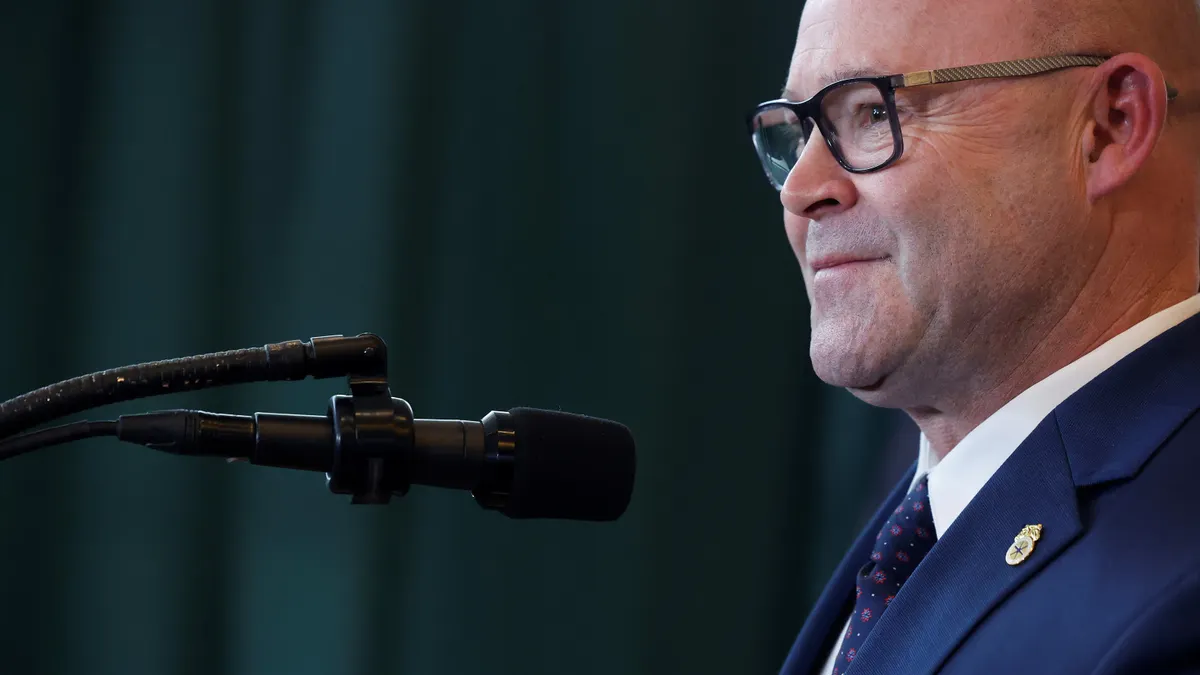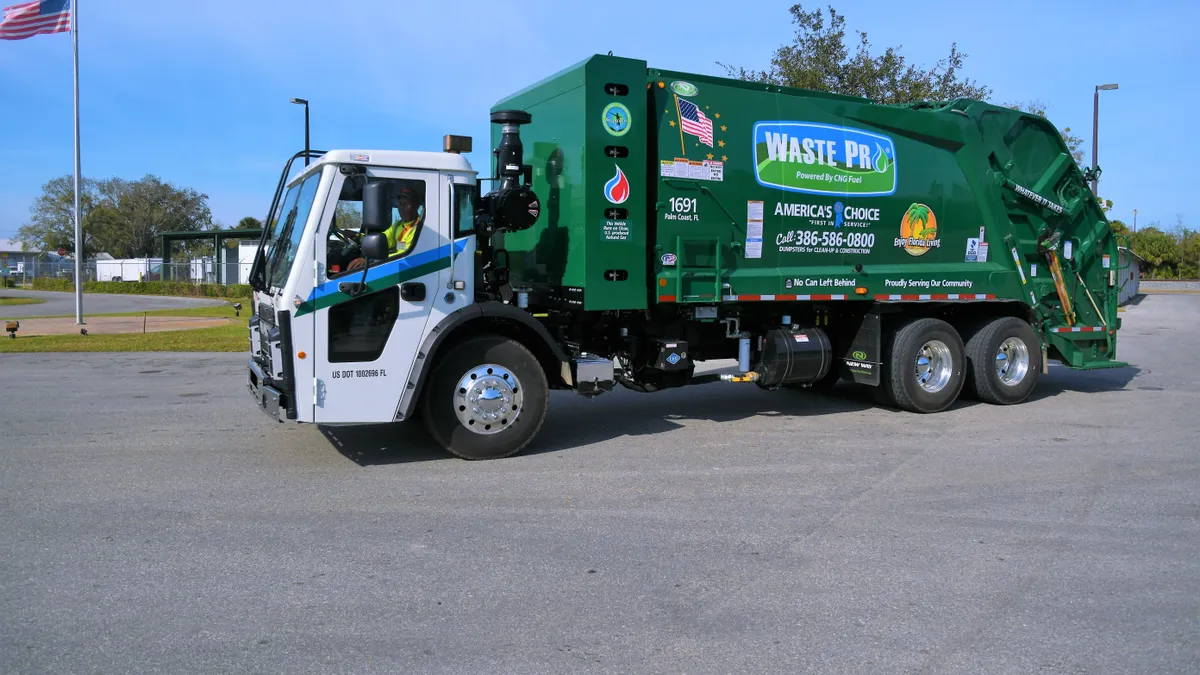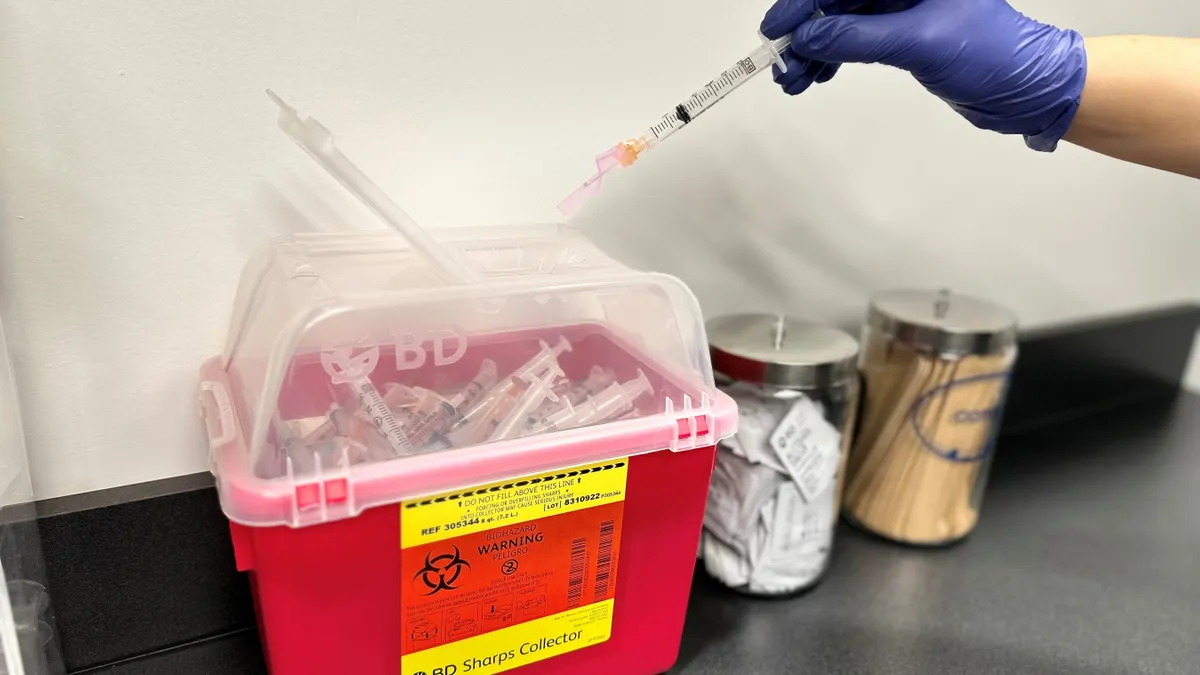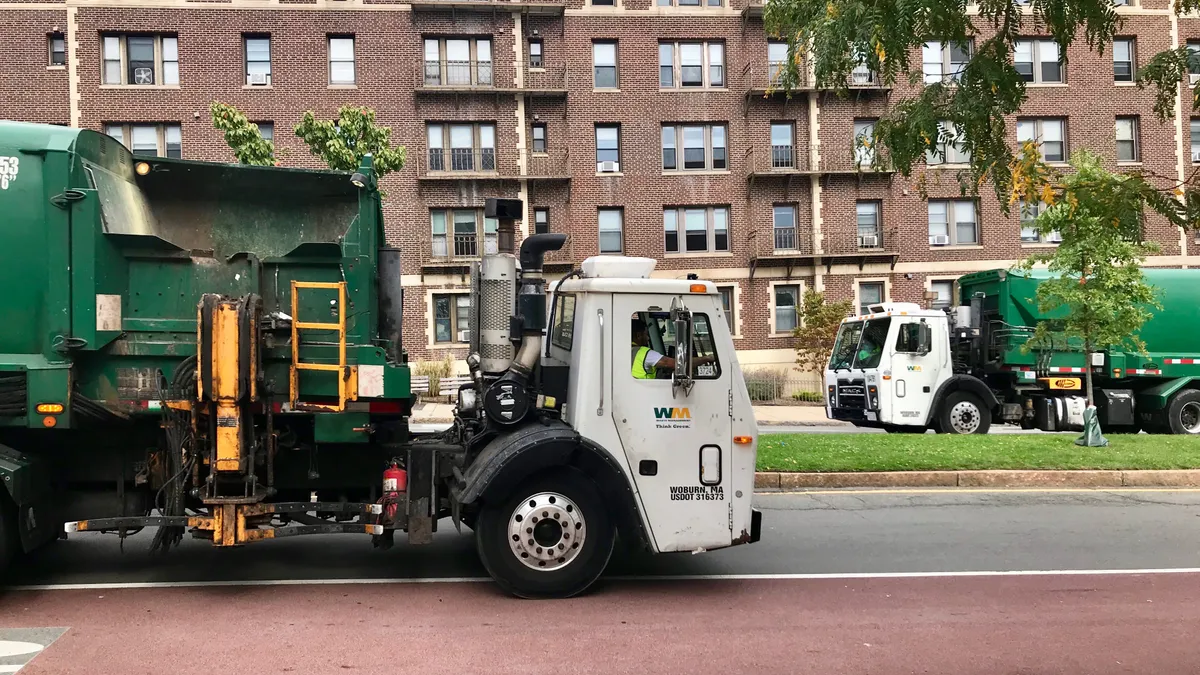UPDATE: Jan. 10, 2022: The U.S. Supreme Court did not address the consolidated cases on the Biden administration's vaccination mandates in its order list released Monday morning.
Whichever way the U.S. Supreme Court rules on the nationwide stay placed on the Occupational Safety and Health Administration's COVID-19 vaccination emergency temporary standard, counsel for both sides appear to agree on one thing: the justices should act fast.
The point was driven home by Scott Keller, attorney for petitioners the National Federation of Independent Businesses, in response to an early line of questioning by Associate Justice Stephen Breyer during Friday's oral arguments. Noting the current nationwide trend of COVID-19 infections and hospitalizations, Breyer asked how soon the mandate's challengers sought relief.
"We are asking for a stay before enforcement takes effect Monday," Keller said, citing the potential turnover that may result from the ETS' requirements. "We're asking for an extraordinary stay."
That is in part because Jan. 10 marks the date on which OSHA said it would enforce the ETS' requirements, though it also said it would not issue citations for noncompliance with the standard's testing requirements before Feb. 9, "so long as an employer is exercising reasonable, good faith efforts to come into compliance with the standard."
U.S. Solicitor General Elizabeth Prelogar, arguing on behalf of OSHA, had a similar response in dialogue with Associate Justice Samuel Alito. Alito asked Prelogar whether the High Court might be able to issue a brief administrative stay to enjoin the ETS while it decides whether to stay the standard permanently.
Prelogar said that, while such a "brief" stay could be within the High Court's prerogative, the pandemic presents a grave harm to U.S. workers with each passing day.
"We absolutely agree that this pandemic has been dynamic and that it is constantly evolving, and that the current conditions are posing a truly grave danger," she added.
By the end of the session, the Biden administration appeared to have won over at least three of the nine justices — the left-leaning wing consisting of Associate Justices Elena Kagan, Sonia Sotomayor and Breyer — but it will need at least two additional votes upholding the 6th Circuit's decision to lift the stay. Friday's proceedings showed that may be difficult.
Conservative wing questions agency's authority
A key point of contention concerns the ability of OSHA to enact the ETS in the first place. Prelogar advanced the argument that the standard falls within OSHA's statutory authority under the Occupational Safety and Health Act.
"Congress charged the agency with setting nationwide standards to protect the health and safety of employees throughout the nation, and Congress specifically appropriated money to OSHA to address COVID-19 in the workplace," she said. "Nothing in the statute or the agency's regulatory history bars the use of these measures."
Specifically, Prelogar argued the law's text "contemplates that immunization requirements can be imposed under the act," while also noting that the agency has already issued workplace testing and masking guidance.
Chief Justice John Roberts questioned Prelogar's interpretation, however, positing that the standard's vaccination requirements would be outside the scope of what Congress had in mind when it passed the OSH Act in 1970.
If you are a supporter of the #OSHA mandate as it currently exists, it is hard to count to five votes in favor. It sounds like at least two of Roberts, Kavanaugh, and Barrett think it is too broad and intrudes too much on the police power. /77
— Sean Marotta (@smmarotta) January 7, 2022
"I understand the idea that [agencies] can move more quickly than Congress, but this is something the federal government has never done before, right?" Roberts said. "Fifty years ago Congress passed a general provision, and I think it's certainly hard to argue [...] that that gives free reign for the agencies to enact such broad regulation that was certainly unfamiliar to Congress in 1970."
In addition to focusing on the question of the agency's statutory authority, Keller argued that OSHA erred in failing to take alternative measures short of imposing a vaccination requirement. That also drew a response from Roberts who, agreeing with Kagan and Sotomayor, noted that vaccination may be a better method of addressing COVID-19's spread in the workplace compared to other precautions; "Why wouldn't OSHA have the authority to do the best approach possible to address what I guess you agree is a special workplace problem?"
"I don't think the standard here can be the best," Keller replied, "because if it was the best then that would mean OSHA could ban all people from coming into the workplace."
A more granular approach?
One notable line of inquiry for the challengers came from Associate Justice Amy Coney Barrett, who asked Keller whether the vaccine requirement would have been defensible had OSHA focused more specifically on certain workplaces or occupations that present a particularly grave risk.
"I think you would be hard pressed to contest the [Chief Justice's] point that there are some workplaces in which the danger to employees is different than that that they face out in the world," Barrett said, citing examples such as a meatpacking plant or healthcare facility.
Keller agreed that a line could be drawn to determine where requirements like those imposed by the ETS might apply to a particular case, but said that "wherever that line is, this ETS is so far beyond that line."
Whether a more narrowly tailored standard would have passed the scrutiny the present ETS now faces is a difficult question to answer, Alka Ramchandani-Raj, shareholder at Littler Mendelson, told HR Dive in an interview; "If it was narrowly tailored to an industry, then we would have to evaluate the data of the industry to evaluate if the standards were necessary."
Barrett's line of questioning may indicate a belief that OSHA's standard is too broad but that she would accept a more tailored rule, Sean Marotta, partner at Hogan Lovells, said in a tweet. It may also suggest, Marotta continued, that the High Court could come to different conclusions on the legal challenges facing the vaccination requirement issued by OSHA and one from Centers for Medicare and Medicaid Services affecting healthcare employers.



